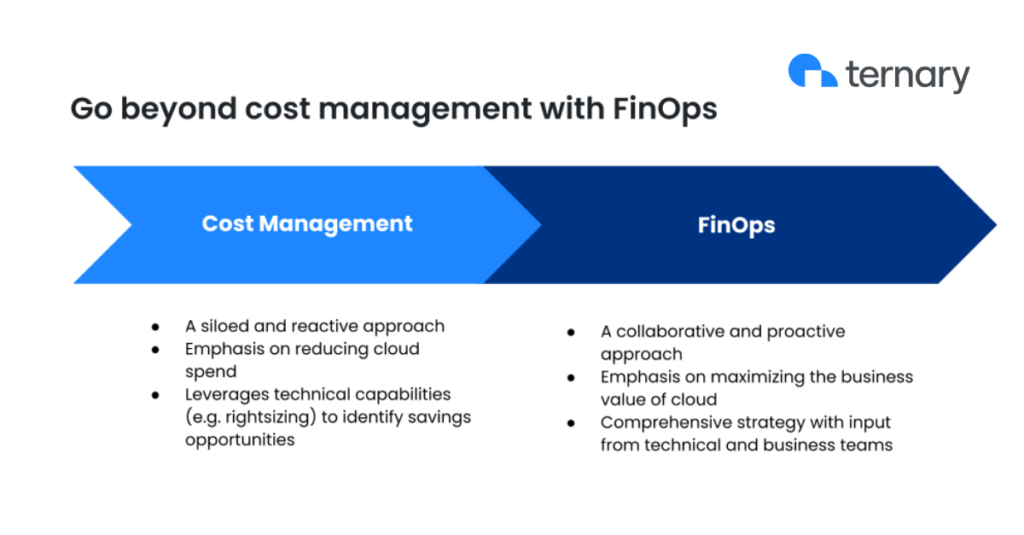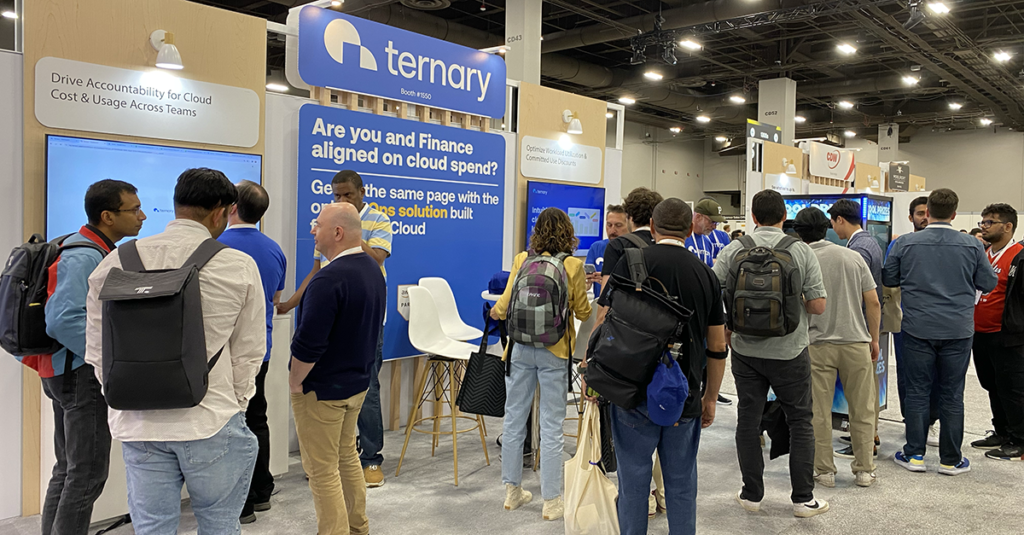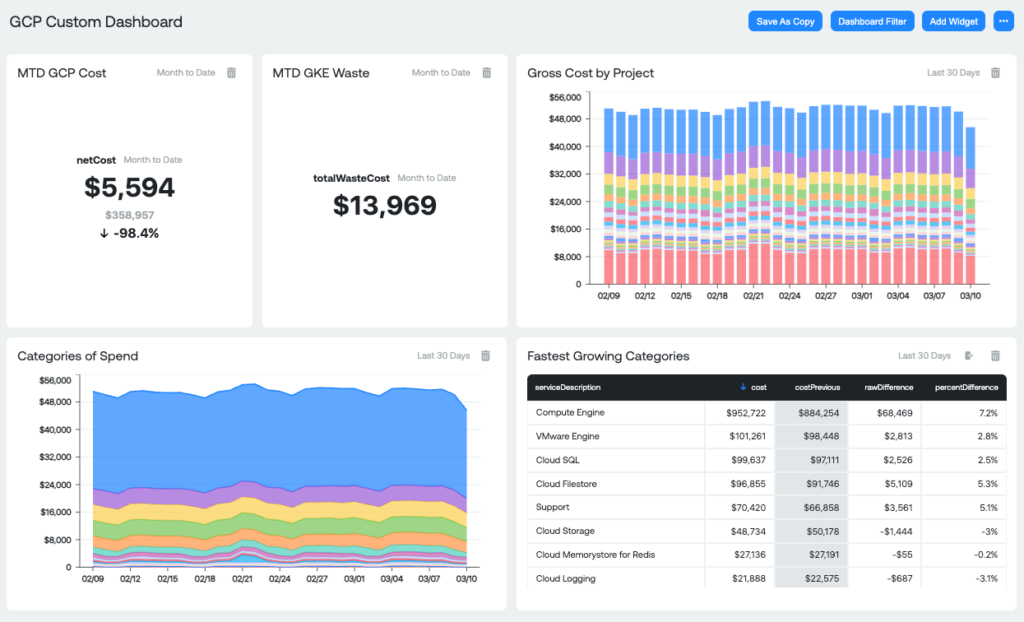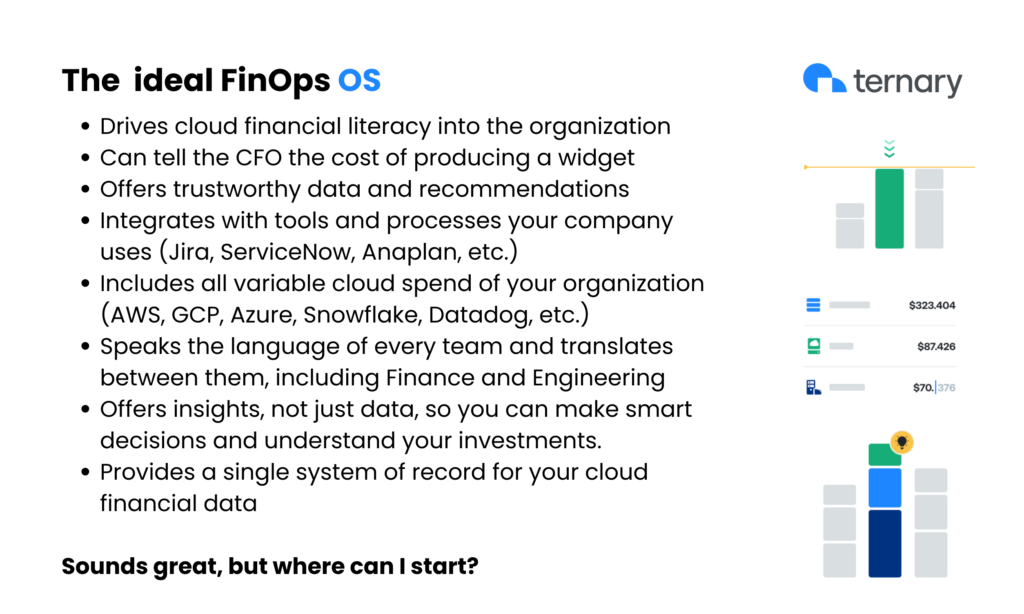On May 16, 2024, I shared how Google Cloud users can build a cost-conscious culture with FinOps. Read on for a quick summary, then watch the full recording below.
Understanding the shift from cost management to FinOps
In the world of cloud computing, the terms “cost management,” “cloud financial management,” “cloud spend management,” and “FinOps” are often used interchangeably. However, these practices are distinct and have evolved over time. Cloud cost management, which emerged as a market category over a decade ago, was a more reactive approach to cloud spending. It focused on reducing costs and identifying low-hanging fruit, such as terminating idle or unused instances.
Around the time of the pandemic, FinOps emerged, offering a more proactive and collaborative approach. While cost savings are still a concern, the focus of FinOps is on making money for the business and being more strategic in cloud investment decisions. FinOps is a collaborative practice that involves multiple personas, across technical and business teams. These include platform engineers, cloud architects, financial analysts, executives, and product owners, to name a few.
Key FinOps challenges
According to the State of FinOps 2024, organizations face common challenges in optimizing cost and usage, emphasizing FinOps as a cross-functional practice, and driving organizational FinOps adoption.
To put it simply, the FinOps lifecycle includes three key phases: Inform, Optimize, and Operate.
The Inform phase involves understanding who is spending money, what they are spending it on, and how to allocate costs across teams.
The Optimize phase focuses on cost and usage efficiency, such as right-sizing, implementing commitment-based discounts, and tracking sustainability initiatives.
The Operate phase emphasizes managing the FinOps practice, driving consistent policies and guidelines across the organization.
I share more details on best practices for each of these phases, in the webinar recording (starting at 10:40).
The recipe for FinOps success
To build and manage a successful FinOps practice, organizations need to make FinOps part of their cloud operating model. The recipe consists of three key elements:
- People: Build a centralized FinOps team of stakeholders from various departments. These include finance, engineering, and operations, along with supporting functions (e.g., security and procurement).
- Process: Learn about the FinOps Framework, developed by the FinOps Foundation and community. It provides guidance on different capabilities and best practices.
- Technology: Invest in a FinOps-native platform that can provide cost visibility, optimization, and management capabilities across multiple cloud providers.
Introducing Ternary: a FinOps-native platform for Google Cloud
Ternary is a FinOps-native platform that specializes in Google Cloud expertise. Founded by former FinOps practitioners, Ternary understands the unique needs and pain points of Google Cloud customers. As a Premier Member of the FinOps Foundation, Ternary offers deep understanding of the FinOps Framework and has implemented the FinOps Open Cost and Usage Specification (FOCUSTM) to help normalize billing data across cloud providers.
Key Ternary capabilities
- Cost visibility and allocation through custom labeling and reporting
- Waste identification and reporting on the carbon impact of your cloud footprint
- Proactive cost control mechanisms, including tunable anomaly detection and case management workflows
- Flexible deployment options, including a self-hosted version and agentless Kubernetes monitoring
More details on Ternary’s capabilities are at 16:11 in the recording.
Success story: Rackspace Technology
Rackspace Technology, a leading end-to-end hybrid, multi-cloud, and AI technology services company, partnered with Ternary to address challenges its customers faced in managing their Google Cloud environments. Ternary’s platform provides Rackspace’s customers with more actionable data and insights, serving the needs of finance, operations, and engineering teams. Read more about the partnership.
Conclusion
As cloud adoption continues to grow, organizations must go beyond traditional cost management and embrace FinOps to unlock the strategic value of their cloud investments. By focusing on people, process, and technology, companies can build a cost-conscious culture and make informed decisions that drive business outcomes. Ternary, as a FinOps-native platform for Google Cloud, is well-positioned to help organizations progress through their FinOps journey.
Learn more about how Ternary can help you tame your organization’s cloud costs.




